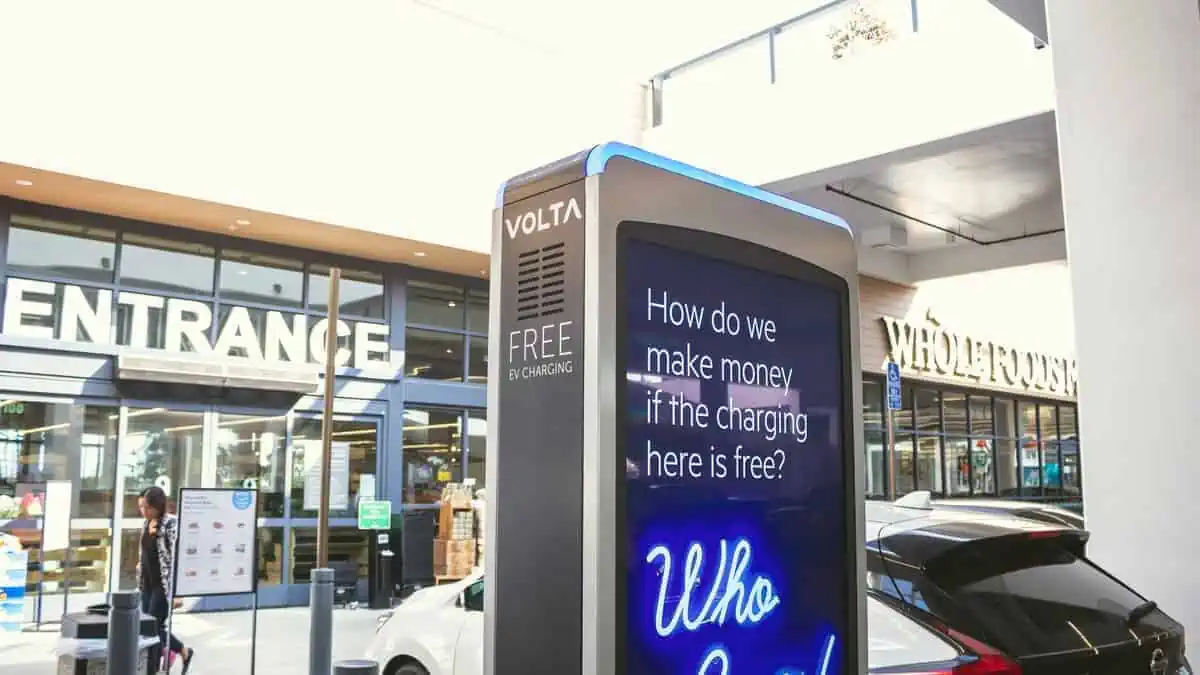The following are the top 20 steps to set up an electric vehicle charging station at your business:
| Steps | Description | Key Considerations & Additional Tips |
| 1. Conduct a feasibility study | Analyze potential benefits (increased customer traffic, employee satisfaction, brand image) and costs (installation, operation, maintenance). | Consider hiring a consultant for a comprehensive assessment. |
| 2. Research & understand your target customers | Identify the types of EVs your target customers or employees drive and their charging needs (e.g., Level 2 vs. Level 3). | Analyze local EV adoption trends and future projections. |
| 3. Explore funding options | Investigate government grants, utility rebates, tax credits, and private financing options to offset costs. | Compare terms, conditions, and long-term financial impacts. |
| 4. Choose your location strategically | Prioritize accessibility, visibility, proximity to parking spaces, and potential future expansion needs. | Consider factors like traffic flow, shade availability, and security. |
| 5. Select the right charging station type(s) | Evaluate Level 2 for regular charging or Level 3 DC fast chargers for quick top-ups in high-traffic areas. | Consider factors like charging speed, compatibility with popular EVs, network integration, and future needs. |
| 6. Compare charging networks and providers | Evaluate network reliability, coverage, pricing models, user management features, and compatibility with chosen station types. | Negotiate pricing terms and explore options like roaming agreements for wider access. |
| 7. Obtain necessary permits and approvals | Contact your local municipality and utility company to understand permit requirements and potential delays. | Be prepared to provide detailed plans and specifications for the project. |
| 8. Prepare your electrical infrastructure | Consult a qualified electrician to assess your existing electrical system and potential upgrades needed to handle the additional load. | Factor in safety measures like ground fault circuit interrupters (GFCIs) and surge protection. |
| 9. Choose a qualified installer | Seek experienced installers with relevant certifications and expertise in EV charging infrastructure. | Compare quotes, references, and warranties offered by different companies. |
| 10. Install the charging station(s) | Ensure proper installation by a qualified electrician adhering to all safety regulations and manufacturer guidelines. | Obtain necessary inspections and approvals before activating the station(s). |
| 11. Connect to the charging network | Set up your account with the chosen network and configure charging fees, access control, and user authentication. | Ensure seamless integration between the station(s) and network platform. |
| 12. Market your new amenity effectively | Advertise your EV charging station(s) through signage, website, social media, and local partnerships. | Target EV drivers and highlight the convenience and sustainability benefits. |
| 13. Train your staff on operation and maintenance | Train employees on how to operate the charging station(s), troubleshoot basic issues, and answer customer inquiries. | Consider partnering with the installer or network provider for training programs. |
| 14. Monitor usage and performance data | Track charging data to understand usage patterns, identify potential maintenance needs, and optimize station performance. | Utilize network reports and analytics tools provided by the chosen network. |
| 15. Schedule regular maintenance | Follow manufacturer recommendations and network guidelines for preventive maintenance to ensure optimal performance and safety. | Consider service contracts with the installer or network provider. |
| 16. Consider offering additional services | Explore options like paid charging for non-employees, subscription plans, or partnerships with ride-sharing companies. | Diversify revenue streams and maximize the utilization of your charging station(s). |
| 17. Stay informed about regulations and advancements | Keep up with evolving EV charging standards, safety regulations, and technological advancements in the industry. | Participate in industry events, webinars, and professional networks to stay up-to-date. |
| 18. Engage with your community and promote sustainability | Participate in local EV initiatives, educational events, and partnerships to raise awareness about the benefits of charging infrastructure. | Showcase your commitment to sustainability and contribute to a broader EV ecosystem. |
| 19. Plan for future expansion and scalability | Consider potential growth in EV adoption and charging demand at your business, and plan for future upgrades or additional stations. | Design a flexible infrastructure that can adapt to changing needs. |
| 20. Measure and communicate your impact | Track and share the environmental benefits of your EV charging station(s), such as reduced carbon emissions and increased renewable energy use. | Highlight your contribution to sustainability and inspire others to adopt similar practices. |






